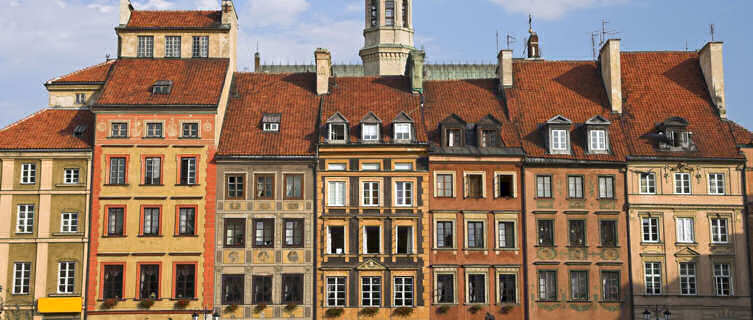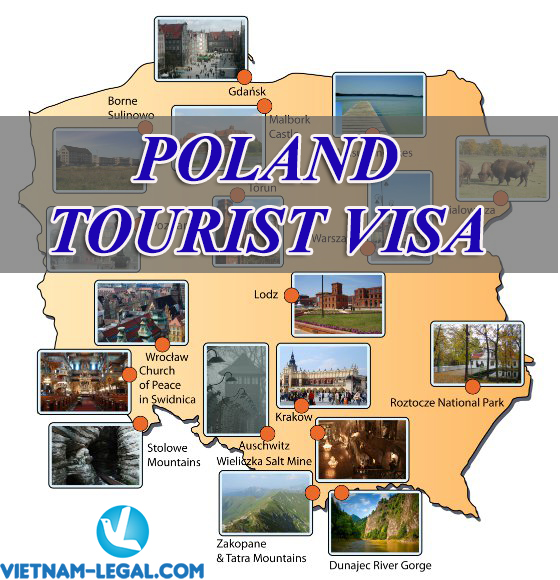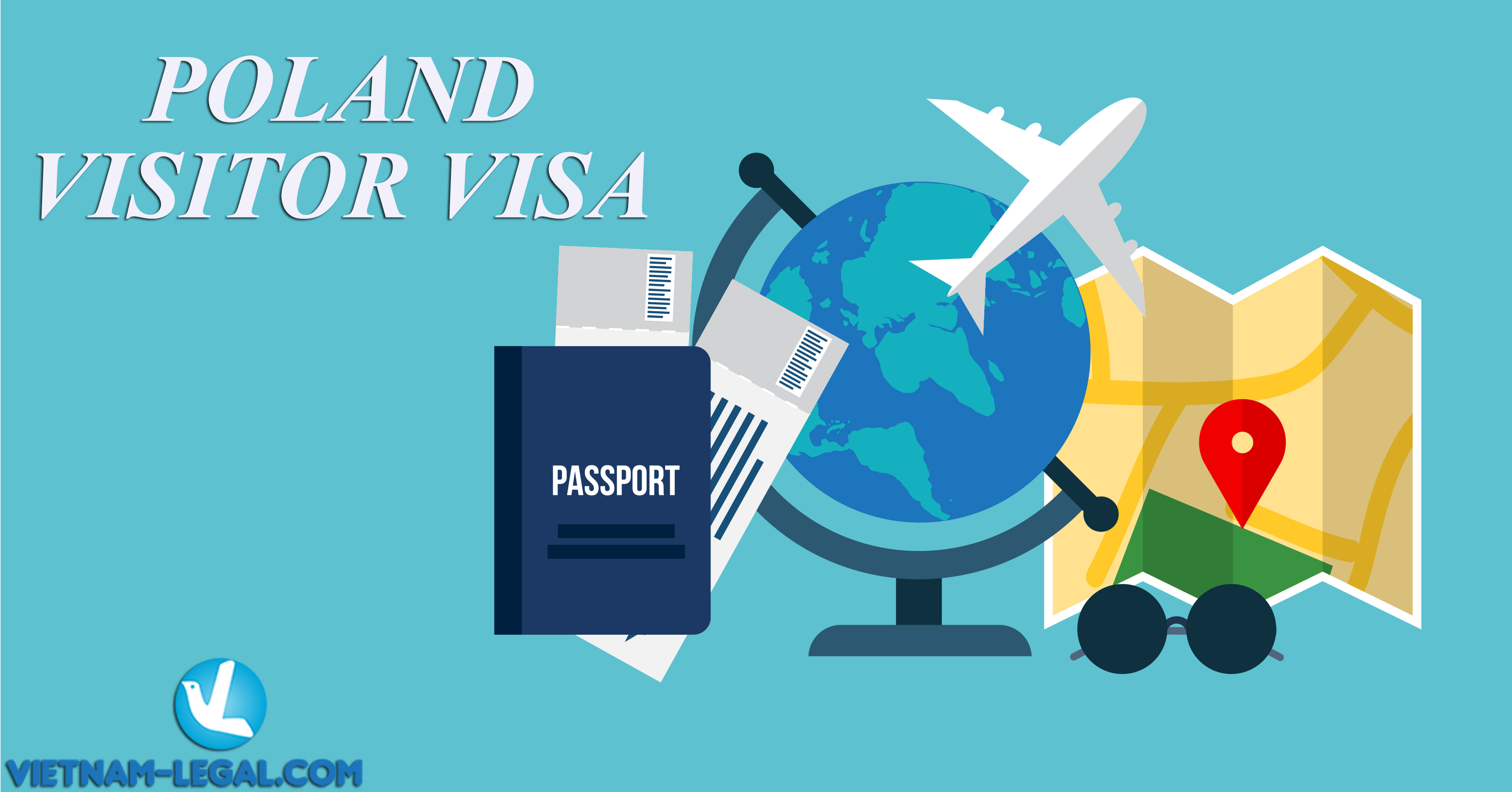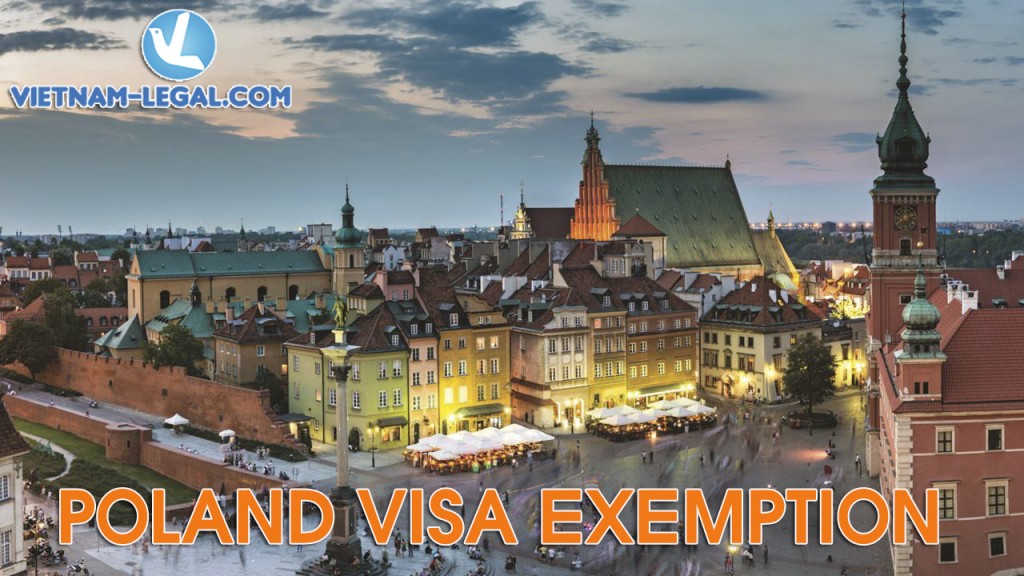Underrated but increasingly popular, Poland offers a huge amount for travellers of all stripes – from the stunning old towns of Krakow, Zamość, Gdańsk and Wroclaw to the wilderness of the Białowieża National Park with its ubiquitous buffalos and epic vistas.
Home to Europe’s most infamous ghetto, Warsaw was almost totally destroyed during WWII, but the Polish capital is modernising fast. Today the city blends Soviet architecture and contemporary styles, with a painstakingly recreated old town and an upbeat, progressive population.
Perhaps the country’s biggest draw, though, is Krakow. The country’s former royal capital is a wonderfully preserved architectural marvel that has somehow managed to survive Poland’s many wars. Even the Nazis thought it was too beautiful to bomb. Jam-packed with churches, monasteries and abbeys in Gothic and Renaissance styles, the city became the first ever UNESCO World Heritage Site in 1978 (an honour it shared with Quito,Ecuador).
Beyond Krakow are numerous signs of Poland’s proud cultural heritage: Łódź and its famous film school, from which Roman Polański and Krzysztof Kieślowski graduated; Toruń, the hometown of astronomer Nicholas Copernicus; and Warsaw, which lays claim to Marie Curie and Frederick Chopin. The country’s biggest port and northern boomtown, Gdańsk, is best known as the birthplace of Lech Wałęsa’s Solidarity movement, which led the country into democracy in 1989.
Poland’s scenic beauty is as varied as it is extraordinary. The Baltic coast is pretty, while Słowiński National Park is all ethereal forests, bogs and sand dunes. The Great Masurian Lakes in the northeast are popular for kayakers, with hundreds of pristine lakes broken up by dense forest. The Krakow-Wielun Upland with its limestone caves and medieval castles is another highlight, while the Carpathian Mountains in the far south are unremittingly beautiful.
And the food? Polish cuisine is hearty and filling, rich in meat and game. Thick soups such as Zurek are delicious, as are Pierogi, or Polish dumplings. And as for the Polish vodka, one of the finest types in the world, what better way to wash all that rich food down?

GEOGRAPHY
Poland shares borders with Belarus, Ukraine, Lithuania and the Russian exclave of Kaliningrad to the east and northeast; Czech Republic and Slovakia to the south; and Germany to the west. To the north lies the Baltic Sea.
The Baltic coast provides almost 525km (325 miles) of sandy beaches, bays and steep cliffs; between Gdańsk, and the port city of Szczecin to the west there are many seaside towns offering unpolluted water and some fine beaches, with sunbeds and umbrellas available for hire. These sand and gravel deposits also form the shifting dunes of Słowiński National Park, the sand bars of Hel and the Vistula Lagoon.
Northern Poland is dominated by lakes, islands and wooded hills joined by many rivers and canals. The Masurian Lake District to the northeast is a patchwork of lakes and forests with Lake Hańcza, the deepest lake in Poland, located here. The longest river, the 1,090km (675 mile) Vistula, or Wisła, rises in the Tatra mountains and empties into the Baltic, cutting a wide valley between the capital, Warsaw in the heart of the country, to Gdańsk on the coast.
The rest of the country rises slowly to the Sudety mountains, which run along the border with the Czech Republic, and the Tatra Mountains, which separate Poland from Slovakia. To the west, the River Oder, with Szczecin at its mouth, forms the northwest border with Germany.
Poland counts almost two dozen national parks, covering an area of 3,200 sq km (1,235 sq miles), and including the oldest, Białowieża National Park, east of Warsaw on the border with Belarus, and one of the largest, Bieszczady National Park, part of the Carpathian mountain range.
These parks are home to European bison (the largest mammal in Europe), brown bears, lynx, wolves and even some wild horses. And Białowieża contains a fragment of the forest that once covered Europe prehistoric times, with some oaks dating back half a millennium. Polish forests are largely pine though, accounting for two-thirds of the total.
WEATHER & CLIMATE
Best time to visit:
Poland’s climate is temperate with warm (sometimes very hot) summers, crisp, sunny autumns and cold winters. Snow covers the mountainous area in the south of Poland (mid-December to April). Rain falls throughout the year.
The most pleasant times to visit Poland are late spring and early summer (May-June) and late summer and early autumn (September-October), when it’s still warm and the crowds of tourists have either not yet arrived or already gone home. The added advantages of these shoulder seasons is that you’ll hit the asparagus season in spring and enjoy the best hiking conditions in early autumn.
CULTURE
Religion:
More than 95% identify as Roman Catholic; Polish Autocephalous Orthodox (so-called Old Believers), Russian and Greek Orthodox, Protestants and Jews make up the other 5%.
Social conventions:
Poles are friendly, industrious people and foreigners are usually made very welcome. There are vast contrasts between urban and rural life and the Polish peasantry is very religious and conservative, maintaining a traditional lifestyle. Roman Catholicism plays an important role in daily life and criticism or jokes about religion are not appreciated, despite the general good humour of the people.
Shaking hands is the normal form of greeting; an older man will often kiss a woman’s hand. Normal courtesies are observed when visiting private homes, and it is customary to bring flowers, preferably in odd numbers. Fairly conservative casual wear is the most suitable attire, but dress should be formal when specified for entertaining in the evening or in a smart restaurant. Smoking is banned in public places, including railway stations, restaurants and bars.
LANGUAGE
Polish is the official language. There are a few small German-speaking communities primarily in the southwest. English and, increasingly less so, Russian are also spoken. French is also popular.
Language phrases:
– Beer = Piwo
– Closed = Zamknięte
– Danger = Niebezpiecznie / Niebezpieczeństwo
– Do you speak English? = Czy pan mówi pan po angielsku? (to a man) / Czy pani mówi po angielsku? (to a woman)
– Doctor = Doktor
– Eight = Osiem
– Eighty = Osiemdziesiąt
– Entrance = Wejście
– Exit = Wyjście
– Fifty = Pięćdziesiąt
– Five = Pięć
– Forty = Czterdzieści
– Four = Cztery
– Friday = Piątek
– Goodbye = Do widzenia / Do zobaczenia
– Hello = Dzień dobry
– Hotel = Hotel
– How are you? = Jak się masz? (informal) / Jak się pan ma? (formal)
– How much does it cost? = Ile to kosztuje?
– I’m very well = Bardzo dobrze/W porządku
– I don’t understand = Nie rozumiem
– I feel ill = Jestem chory (male) / chora (female)
– Menu = Jadłospis
– Monday = Poniedziałek
– My name is … = Nazywam się…
– Nine = Dziewięć
– Ninety = Dziewięćdziesiąt
– No = Nie
– One = Jeden
– One Hundred = Sto
– One Thousand = Tysiąc
– Open = Otwarte
– Please = Proszę
– Restaurant = Restauracja
– Saturday = Sobota
– Seven = Siedem
– Seventy = Siedemdziesiąt
– Six = Sześć
– Sixty = Sześćdziesiąt
– Sunday = Niedziela
– Ten = Dziesięć
– Thank you = Dziękuję
– Thirty = Trzydzieści
– Three = Trzy
– Thursday = Czwartek
– Today = Dziś / Dzisiaj
– Toilets = Toalety
– Tomorrow = Jutro
– Tuesday = Wtorek
– Twenty = Dwadzieścia
– Two = Dwa
– Wednesday = Środa
– Where is …? = Gdzie jest …?
– Wine = Wino
– Yes = Tak







